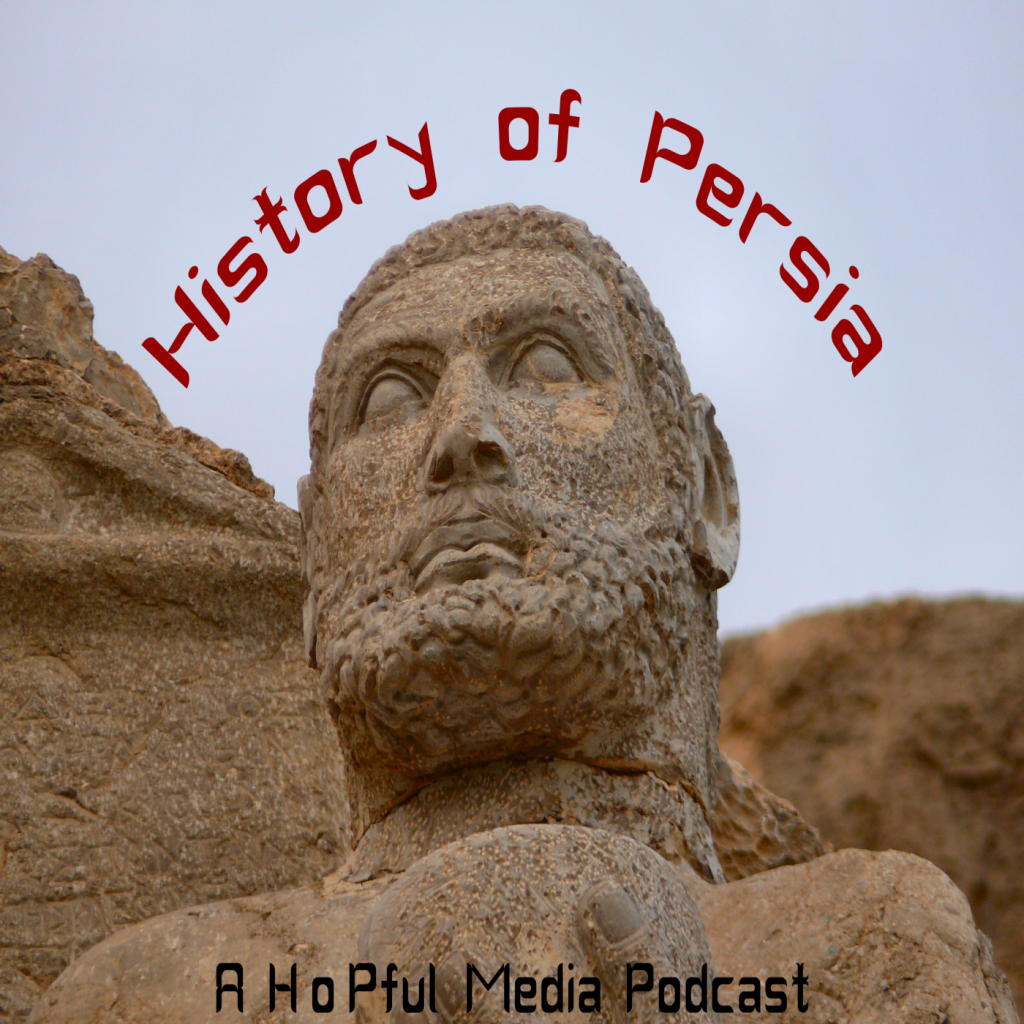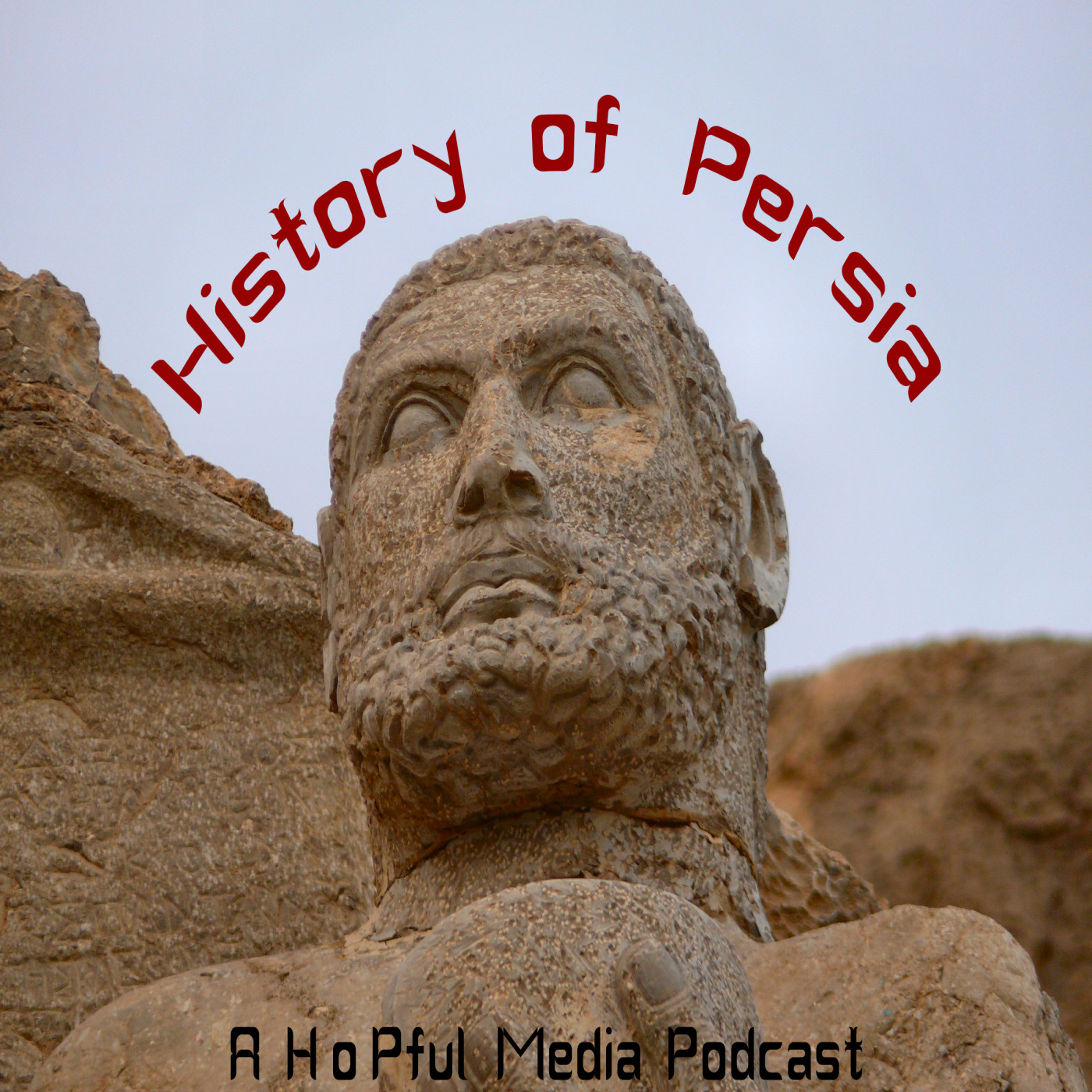What is HoPful Media?
HoPful Media (ˈhäp-fəl ˈmē-dē-ə) noun 1. The overall brand for podcasts and other projects produced by Trevor Culley that began with the surprising success of History of Persia 2. A broader endeavor to create a platform for finding value and interest in overlooked parts of world history 3. A nonsense phrase combining the History of Persia acronym, a pun on the word “hopeful,” and the word media.
Our Podcasts

A podcast dedicated to the history of Persia, and the great empires that ruled there beginning with the Achaemenid Empire of Cyrus the Great and the foundation of an imperial legacy that directly impacted civilizations from Rome to China, and everywhere in between. Join me as we explore the cultures, militaries, religions, successes, and failures of some of the greatest empires of the ancient world.

The United States has its fair share of famous wars in history. That doesn’t even scratch the surface. Ever wondered why we don’t talk about the Korean War very much? Do you know the names of the wars fought against Native American nations? What about the battle with Japan during the Civil War? Discover American military history that’s been forgotten and overlooked to explore lost stories from American history.

What if Cyrus III? Choose Your Own Alt History Live – History of Persia

007: The American Invasion of the Falkland Islands – America: Secret Wars
Outstanding Iman1123 12/10/2023
No Podcasts about Persia can compare to this
Funny and erudite Maude The Third 7/11/2023
Great combination of funny dorkitude and high-quality historical narration
Subscribe and Follow
History of Persia
Secret Wars
Social Media
Articles
Coming Soon
Support HoPful Media
HoPful Merch Store
Coming Soon
HoPe is the only good god remaining alongside humanity;
-Theognis of Megara, 6th Century BCE
all others have departed and gone to Olympus.
